Climate change is a fact that affects every region of the world and is no longer a hypothetical concern. The need for creative and sustainable solutions has grown as a result of rising temperatures, harsh weather, and the depletion of natural resources. Sustainable architecture, which combines environmental responsibility with building design and construction, is one such option. Read full blog to know more about, How Sustainable Architecture Can Combat Climate Change. The following are some ways that climate change mitigation can be greatly aided by sustainable architecture:
1. Energy Efficiency & Renewable Energy Integration:
Buildings use over 40% of all energy, making them one of the biggest energy consumers in the world. As a result, they contribute significantly to greenhouse gas (GHG) emissions, mostly from the energy they need to power appliances, heat, cool, and illuminate. Addressing climate change and accomplishing sustainable development objectives require an understanding of the connection between buildings and their effects on the environment.
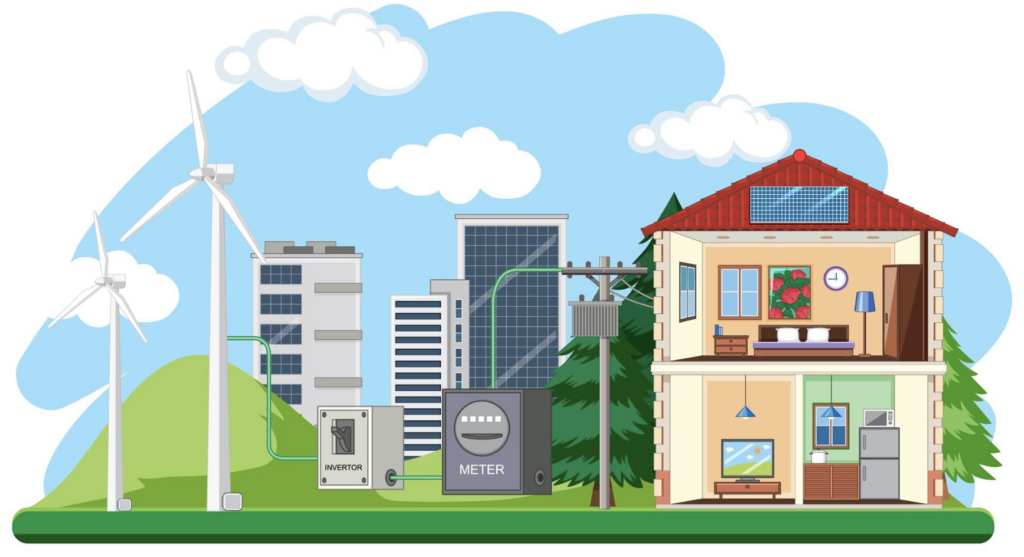
- Using insulation, high-performance windows, and energy-efficient HVAC systems: Use of high performance materials and systems reduce the heating and cooling demands by requiring less energy to maintain a comfortable indoor temperature.
- Incorporating passive design principles such as strategic orientation, natural ventilation, and daylighting: By carefully placing the building to catch sunlight (orientation), utilizing windows and vents to allow for natural ventilation, and making the most of natural light to lessen the need for artificial lighting (daylighting), a building can be designed to maximize natural elements like sunlight and air flow.
- Installing renewable energy systems: The process of outfitting buildings with technology that uses solar, wind, and earth heat to create electricity and heating power, reducing dependency on fossil fuels and encouraging sustainable building practices; in other words, using clean, renewable energy sources to power buildings rather than conventional grid electricity.
2. Eco-Friendly Building Materials:
Conventional materials like concrete and steel have high carbon footprints. Eco-friendly building materials are typically more environmentally friendly, readily available locally, and can be adapted to specific climates, resulting in lower carbon footprints and better thermal performance compared to traditional construction materials like concrete and steel. Sustainable alternatives include:
- Bamboo and Timber: Since both bamboo and timber are plants that can be produced again and actively collect carbon dioxide from the atmosphere during their growth cycle, storing it in their biomass, they are regarded as renewable and carbon-sequestering materials.
- Recycled Materials: Reusing materials like steel, glass, and plastic minimizes the impact of extraction processes on the environment and conserves natural resources because it allows us to make new products without requiring the extraction of new raw materials from the earth, such as mining ore for steel or harvesting sand for glass.
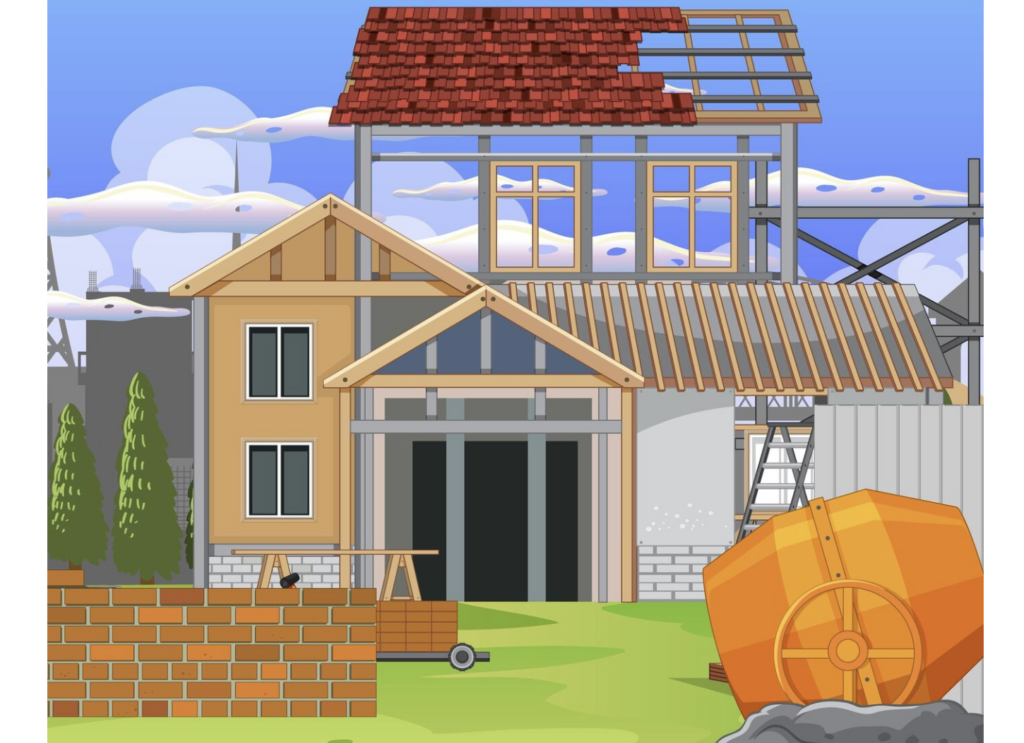
- Earth-Based Materials: Since adobe, rammed earth, and cob are made from easily accessible local soil and require little processing or transportation, they have a low carbon footprint. In addition, their high thermal mass enables them to absorb and release heat efficiently, thereby lowering the need for energy for heating and cooling and naturally regulating indoor temperatures. These factors make them sustainable building materials.
3. Water Conservation
Sustainable construction is based on the fundamental idea of designing structures with water efficiency in mind. A facility’s need for potable water can be decreased by installing greywater reuse systems, rainwater collection systems, and low-flow plumbing. Sustainable buildings incorporate systems to conserve and recycle water, such as:

- Rainwater harvesting systems: Rainwater can be collected and stored by rainwater harvesting systems for use in non-potable applications such as toilet flushing, car washing, and plant watering. Systems for collecting rainwater can also be utilized to augment municipal water supplies.
- Greywater recycling: Greywater recycling is the process of treating wastewater from showers, sinks, and washing machines so that it can be used again to water plants and flush toilets. It can lessen the demand on sewage treatment systems and water use.
- Low-flow fixtures and smart irrigation systems: Water consumption can be considerably decreased, especially in residential settings, by combining “smart irrigation systems” that employ sensors to adjust watering depending on soil moisture with “low-flow fixtures” such showerheads and faucets with lower water flow rates.
4. Urban Green Spaces and Biodiversity
The purpose of urban green space is to preserve biodiversity and, eventually, enhance human welfare. One of the key elements of urban sustainability in the future should be considered to be urban green space. Cities can conserve biodiversity with the aid of urban green spaces and architectural interventions like green walls and roofs.

- Green roofs, vertical gardens, and urban forests: Urban forests, vertical gardens, and green roofs are all examples of how to add vegetation to buildings and the cities to enhance air quality, cool down, and provide wildlife habitats.
- Mitigation of the urban heat island effect: By absorbing solar radiation, releasing moisture into the environment, and shading building surfaces, trees, green roofs, and other vegetation can help mitigate the effects of heat islands.
5. Waste Reduction and Circular Economy
Reducing waste and its impact on the environment is the goal of the circular economy model for building design and construction. These include implementing effective waste management systems, promoting material reuse and recycling, and adopting sustainable design and construction practices. Construction waste can be minimized by:

- Reduce, reuse and recycle: Reducing waste and creating more sustainable buildings can be achieved by designing structures for recycling and reuse. It entails making effective use of resources and creating structures that can be reused or repurposed.
- Repurposing demolition: According to an investigation, up to 80% of building and construction waste can be recycled for use in new projects, providing a sustainable construction method by repurposing items like scrap concrete, bricks, and glass as raw materials.
- Adopting zero-waste construction practices: In order to minimize waste production and optimize resource efficiency, every phase—from design and procurement to construction and demolition—is carefully planned. The fundamental idea of zero-waste construction is the “5 R’s”: reduce, reuse, recycle, recover, and rethink.
Conclusion:
The battle against climate change requires sustainable architecture. While improving resilience and quality of life, it lessens the environmental impact of buildings by embracing energy efficiency, eco-friendly materials, water conservation, green areas, and adaptive designs. A crucial first step in creating a more sustainable and greener future is investing in sustainable design.
The world will be shaped for future generations by the decisions we make now regarding the design of our built environment. Let’s make the decision to be sustainable so that our architectural heritage safeguards and conserves the environment.
I hope you liked this blog- How sustainable architecture combat climate change, please let me know through your comments. Also share it with other people who are passionate about architecture and design. Contact us in case of any queries and also read my previous blogs related to architecture and travel. Thank you.




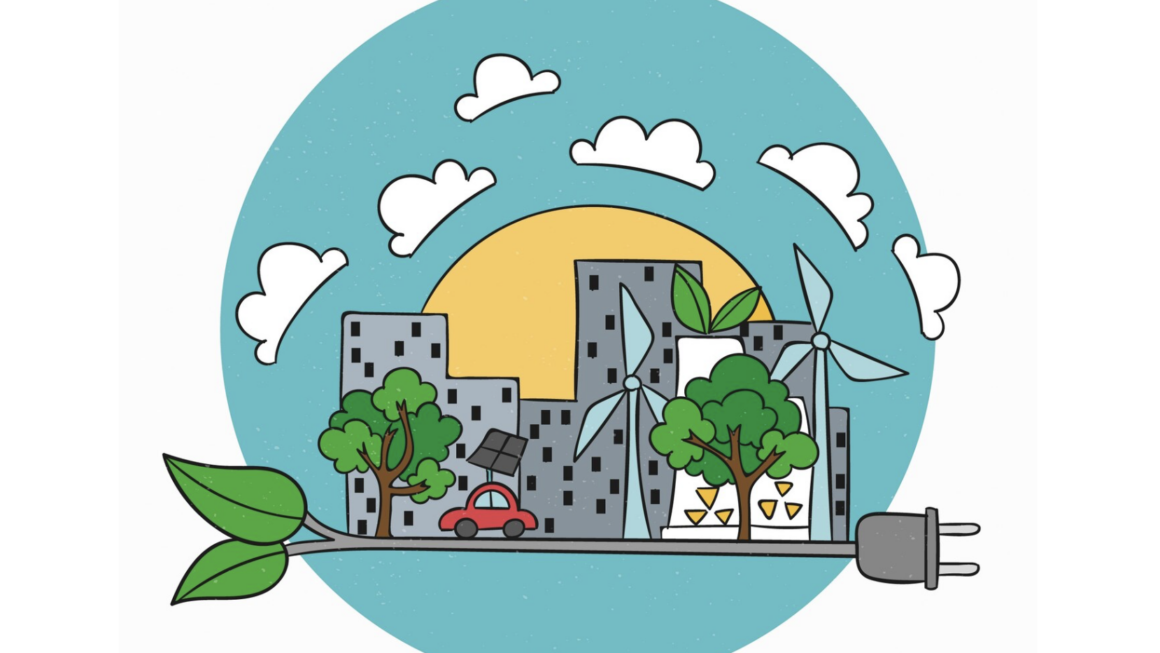
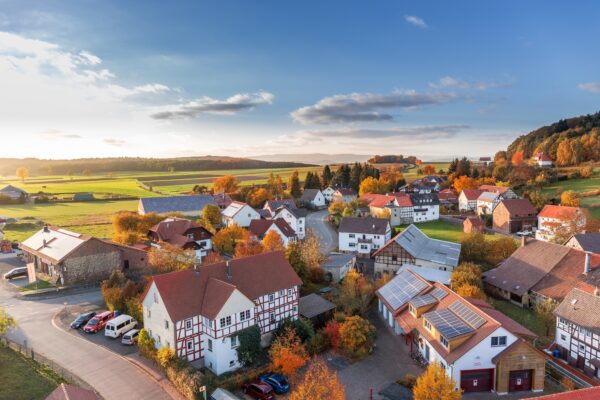
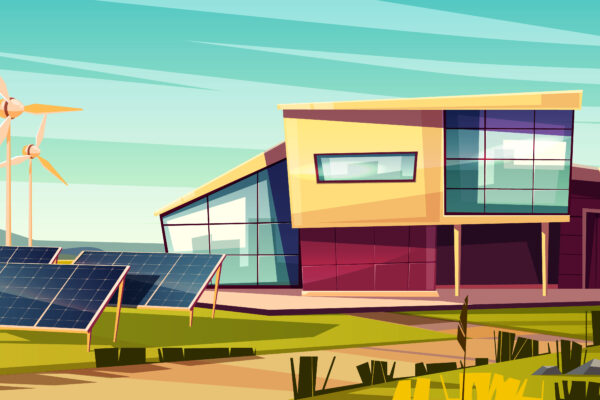


I every time used to read article in news papers but now
as I am a user of net therefore from now I am using net for articles, thanks to web.